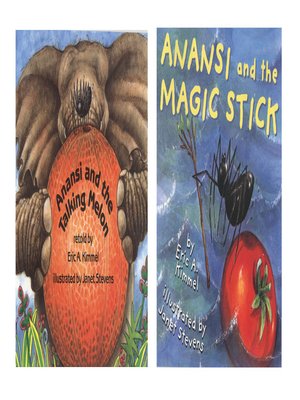
As a result, the importance of Anansi socially did not diminish when slaves were brought to the New World. Rattray, who recorded many of these tales in both the English and Twi languages, as well as the work of scholar Peggy Appiah: "So well known is he that he has given his name to the whole rich tradition of tales on which so many Ghanaian children are brought up – anansesem – or spider tales." In similar fashion, oral tradition is what introduced Anansi tales to the rest of the world, especially the Caribbean, via the people that were enslaved during the Atlantic slave trade. Stories of Anansi became such a prominent and familiar part of Ashanti oral culture that they eventually encompassed many kinds of fables, evidenced by the work of R.S. It is said in some Akan myths that Ananse becomes the creator, so it could be either roles changing similar to Bobowissi becoming the God of Lightning after Tano Akora's role is changed from the God of Lightning to the God of War after fighting with Owuo, or Odomankoma's sunsum being reincarnated inside of Ananse after Owuo kills him, supported by how sunsum works (via the father).Īnansi stories were part of an exclusively oral tradition, and Anansi himself was seen as synonymous with skill and wisdom in speech. But this could actually be chalked up to the two being relatives. It is said that Odomankoma (¿) is also known as Ananse Kokuroko (meaning Great Spider), who might be Ananse. Anansi also has a beautiful daughter named Anansewa in other tales, like those introduced in the work of Efua Sutherland: in Efua's tale, he embarks on a mission to ensure that Anansewa can have an appropriate suitor. Anansi also has a family in several folktales involving him, consisting of his long-suffering wife Okonore Yaa – known in other regions as Aso, Crooky, or Shi Maria Ntikuma, his firstborn son Tikelenkelen, his big-headed son Nankonhwea, his son with a spindly neck and spindly legs finally, Afudohwedohwe, his pot-bellied son.


While often depicted as an animal, Anansi has many representations, which include an anthropomorphic spider with a human face, or conversely, a human with spider-like features, such as eight legs. They later spread to the West Indies, Suriname, Sierra Leone (where they were introduced by Jamaican Maroons) and the Netherlands Antilles also Curaçao, Aruba, and Bonaire.Īnansi is depicted in many different ways and with different names, from "Ananse", "Kwaku Ananse", and "Anancy," to his New World iterations, such as "Ba Anansi", : 102–123 "Kompa Nanzi" and/or "Nanzi", "Nancy", "Aunt Nancy", and "Sis' Nancy". Spider tales are found extensively throughout West Africa, but the Anansi tales originating from Ghana are among the best-known, as Anansi's name comes from the word in the Akan language for "spider".


 0 kommentar(er)
0 kommentar(er)
